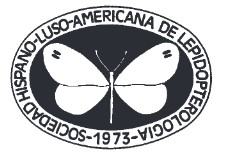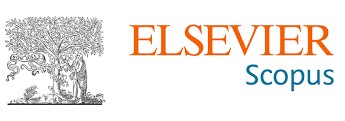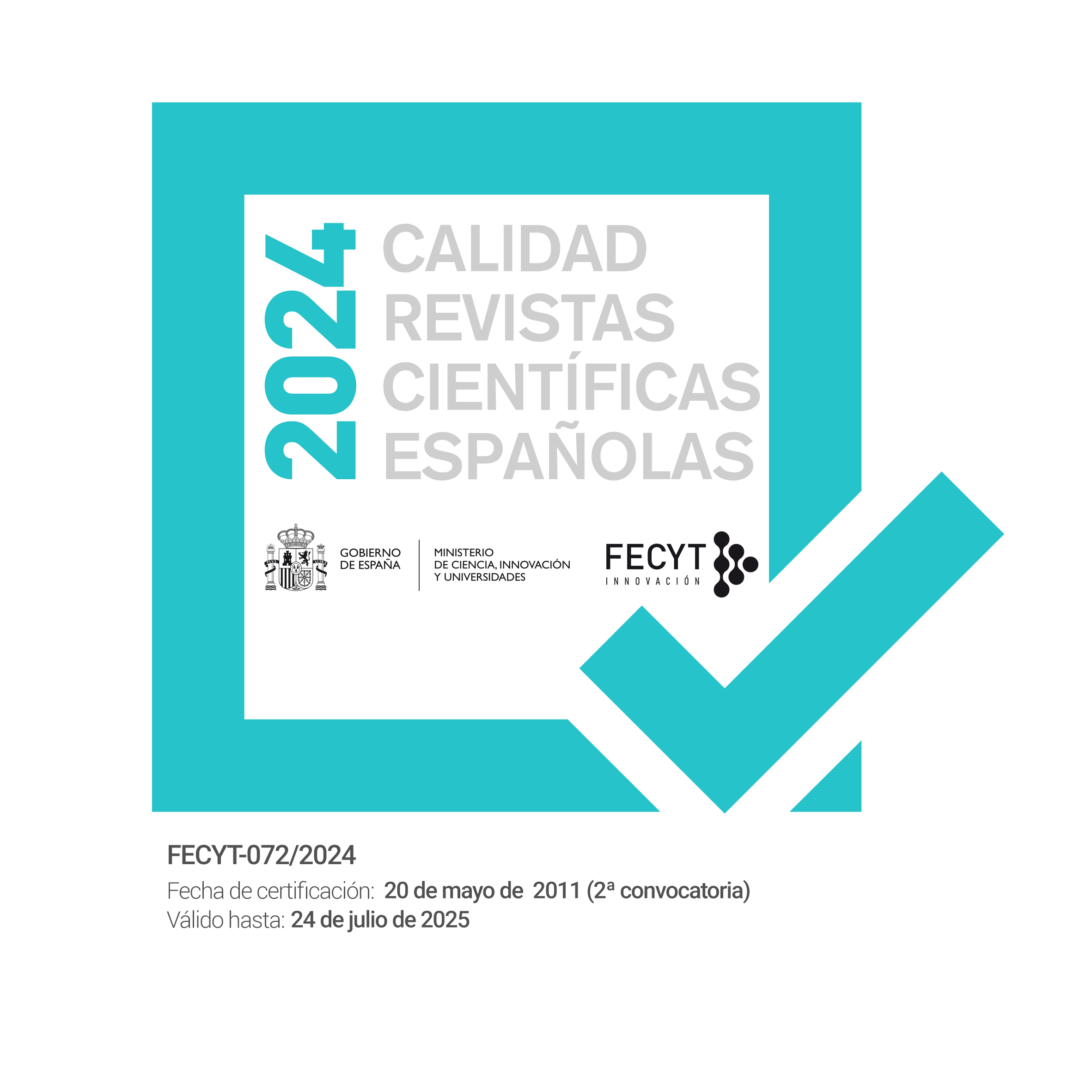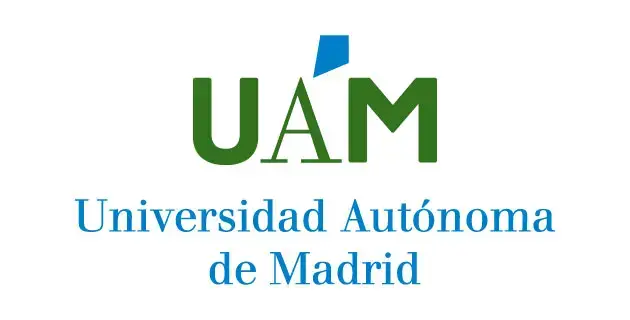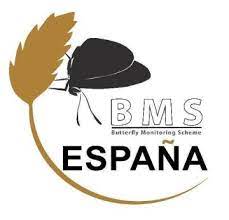Primer informe global sobre los charcos de barro por los Pyraloidea de la India (Insecta: Lepidoptera)
DOI:
https://doi.org/10.57065/shilap.914Palabras clave:
Insecta, Lepidoptera, Pyraloidea, Arunachal Pradesh, Himalaya oriental, IndiaResumen
Los charcos de barro, aunque es un fenómeno muy común en el caso de los Lepidoptera (especialmente los machos), no lo es tanto en el de los Heterocera. El fenómeno se observó durante una noche de trampeo en el pueblo de Tippi en Arunachal Pradesh, India. Aquí los autores presentan el primer informe global de Pyraloidea de la India
Descargas
Estadísticas globales ℹ️
|
543
Visualizaciones
|
247
Descargas
|
|
790
Total
|
|
Citas
Adler, P. H. (1982). Soil-and puddle-visiting habits of moths. Journal of the Lepidopterists’ Society, 36, 161-173.
Adler, P. H., & Pearson, D. L. (1982). Why do male butterflies visit mud puddles? Canadian Journal of Zoology, 60(3), 322-325. https://doi.org/10.1139/z82-043 DOI: https://doi.org/10.1139/z82-043
Bänziger, H. (1973). Biologie der lacriphagen Lepidopteren in Thailand and Malaysia. Revue suisse de zoologie, 79(4), 1381-1469. https://doi.org/10.5962/bhl.part.97166 DOI: https://doi.org/10.5962/bhl.part.97166
Boggs, C. L., & Gilbert, L. E. (1979). Male contribution to egg production in butterflies: evidence for transfer of nutrients at mating. Science, 206(4414), 83-84. https://doi.org/10.1126/science.206.4414.83 DOI: https://doi.org/10.1126/science.206.4414.83
Clausen, C. P. (1978). Introduced parasites and predators of arthropods pests and weeds: A World Review. Agriculture Research Service, U. S. Dept. of Agriculture.
Drummond, B. A. (1984). Multiple mating and sperm competition in the Lepidoptera. In R. L. Smith. Sperm competition and the evolution of animal mating systems (pp. 291-396). Academic Press. https://doi.org/10.1016/B978-0-12-652570-0.50016-6 DOI: https://doi.org/10.1016/B978-0-12-652570-0.50016-6
Eisner, T., & Meinwald, J. (1995). The chemistry of sexual selection. Proceedings of the National Academy of Sciences, 92(1), 50-55. https://doi.org/10.1073/pnas.92.1.50 PMid:7816847 PMCid:PMC42815 DOI: https://doi.org/10.1073/pnas.92.1.50
Gumhalter, D. (2022). New distribution records of Aglossa signicostalis (Lepidoptera: Pyralidae) in Europe: a new species for the fauna of Croatia. Phegea, 50(2), 59-63. https://doi.org/10.57065/shilap.48 DOI: https://doi.org/10.57065/shilap.48
Hilgartner, R., Raoilison, M., Büttiker, W., Lees, D. C., & Krenn, H. W. (2007). Malagasy birds as hosts for eyefrequenting moths. Biology Letters, 3(2), 117-120. https://doi.org/10.1098/rsbl.2006.0581 PMid:17251126 PMCid:PMC2375961 DOI: https://doi.org/10.1098/rsbl.2006.0581
Lai-Fook, J. (1991). Absorption of phosphorus from the spermatophore through the cuticle of the bursa copulatrix of the butterfly, Calpodes ethlius. Tissue and Cell, 23(2), 247-259. https://doi.org/10.1016/0040-8166(91)90079-9 PMid:18621160 DOI: https://doi.org/10.1016/0040-8166(91)90079-9
Munroe, E. (1972). Pyraloidea. Pyralidae (in part). In R. B. Dominick, D. C. Ferguson, J. G. Franclemont, R. W. Hodges & E. G. Munroe. The Moths of America North of Mexico (Fasc. 13.1B, pp. 137-250). E. W. Classey Ltd and the Wedge Entomological Research Foundation.
Nuss, M., Landry, B., Mally, R., Vegliante, F., Tränkner, A., Bauer, F., Hayden, J., Segerer, A., Schouten, R., Li, H.,Trofimova, T., Solis, M. A., De Prins, J., & Speidel, W. (2003-2023) Global Information System on Pyraloidea. http://www.pyraloidea.org
Rodgers, W. A., & Panwar, H. S. (1988). Planning a wildlife protected area network in India (Vol. 1): The Report. Wildlife Institute of India.
Skowron Volponi, M. (2020). A vivid orange new genus and species of Braconid-mimicking clearwing moth (Lepidoptera: Sesiidae) found puddling on Plecoptera exuviae. Insects, 11(7), 425. https://doi.org/10.3390/insects11070425 PMid:32659949 PMCid:PMC7411731 DOI: https://doi.org/10.3390/insects11070425
Smedley, S. R., & Eisner, T. (1995). Sodium uptake by puddling in a moth. Science, 270(5243), 1816-1818. https://doi.org/10.1126/science.270.5243.1816 PMid:8525374 DOI: https://doi.org/10.1126/science.270.5243.1816
Smedley, S. R., & Eisner, T. (1996). Sodium: a male moth’s gift to its offspring. Proceedings of the National Academy of Sciences, 93(2), 809-813. https://doi.org/10.1073/pnas.93.2.809 PMid:11607627 PMCid:PMC40138 DOI: https://doi.org/10.1073/pnas.93.2.809
Solis, M. (2007). Phylogenetic studies and modern classification of the Pyraloidea (Lepidoptera). Revista Colombiana de Entomología, 33(1), 1-8. https://doi.org/10.25100/socolen.v33i1.9306 DOI: https://doi.org/10.25100/socolen.v33i1.9306
Solis, M. A. (1997). Snout moths: Unraveling the taxonomic diversity of a speciose group in the Neotropics. (pp.231-242). In M. L. Reaka-Kudla, D. Wilson & E. O. Wilson. Biodiversity II: Understanding and Protecting our Biological Resources. Joseph Henry Press.
Xiao, K., Shen, K., Zhong, J. F., & Li, G. Q. (2010). Effects of dietary sodium on performance, flight and compensation strategies in the cotton bollworm, Helicoverpa armigera (Hübner) (Lepidoptera: Noctuidae). Frontiers in Zoology, 7, 1-8. https://doi.org/10.1186/1742-9994-7-11 PMid:20385025 PMCid:PMC2859862 DOI: https://doi.org/10.1186/1742-9994-7-11
Descargas
Publicado
Cómo citar
Número
Sección
Licencia

Esta obra está bajo una licencia internacional Creative Commons Atribución 4.0.
El autor retiene sus derechos de marca y patente sobre cualquier proceso o procedimiento dentro del artículo.
El autor retiene el derecho de compartir, distribuir, ejecutar y comunicar públicamente el artículo publicado en SHILAP Revista de lepidopterología, con reconocimiento inicial de su publicación en SHILAP Revista de lepidopterología.
El autor retiene el derecho para hacer una posterior publicación de su trabajo, de utilizar el artículo a publicarlo en un libro, siempre que indique su publicación inicial en SHILAP Revista de lepidopterología.
Cada envío a SHILAP Revista de lepidopterología debe ir acompañado de una aceptación de los derechos de autor y del reconocimiento de autoría. Al aceptarlos, los autores conservan los derechos de autor de su trabajo y aceptan que el artículo, si es aceptado para su publicación por SHILAP Revista de lepidopterología, tendrá una licencia de uso y distribución “Reconocimiento 4.0 Internacional de Creative Commons” (CC BY 4.0), que permite a terceros compartir y adaptar el contenido para cualquier propósito dando el crédito apropiado al trabajo original.
Puede consultar desde aquí la versión informativa y el texto legal de la licencia. La indicación de la licencia CC BY 4.0 debe indicarse expresamente de esta manera cuando sea necesario.
A partir de 2022, el contenido de la versión impresa y digital se encuentra bajo una licencia de uso y distribución “Reconocimiento 4.0 Internacional de Creative Commons” (CC BY 4.0), que permite a terceros compartir y adaptar el contenido para cualquier propósito dando el crédito apropiado al trabajo original.
El contenido anterior de la revista se publicó bajo una licencia tradicional de derechos de autor; sin embargo, el archivo está disponible para acceso gratuito.
Al usar el contenido de SHILAP Revista de lepidopterología publicado antes del año 2022, incluidas figuras, tablas o cualquier otro material en formato impreso o electrónico pertenecen a los autores de los artículos, los autores deben obtener el permiso del titular de los derechos de autor. Las responsabilidades legales, financieras y penales a este respecto pertenecen al autor(es).
En aplicación del Principio de Prioridad del Código Internacional de Nomenclatura Zoologica, no se autoriza el depósito en repositorios, páginas web personales o similares de cualquier otra versión distinta a la publicada por el editor.





